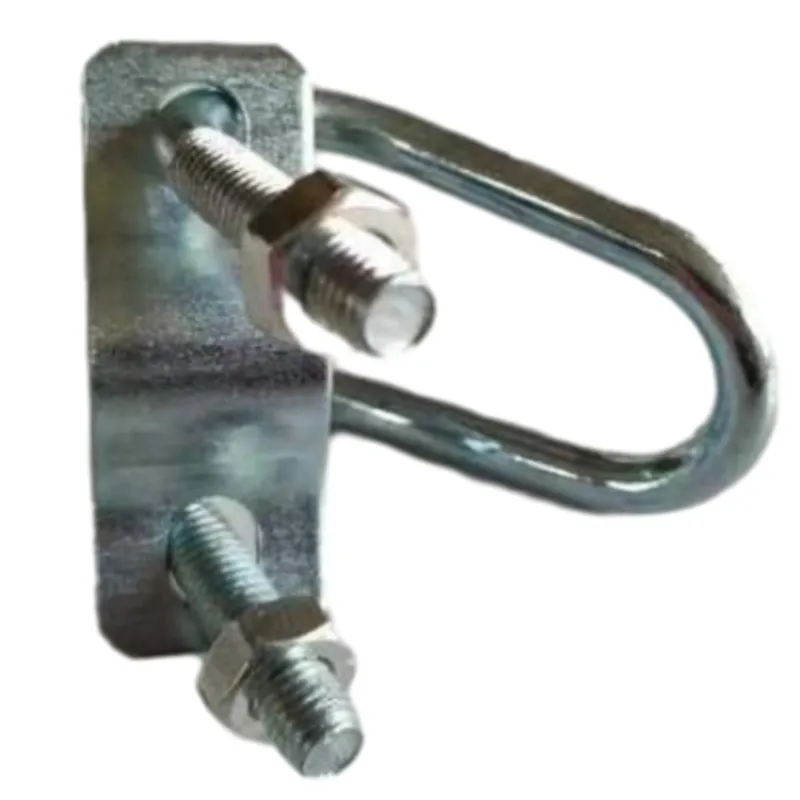loading...
- No. 9, Xingyuan South Street, Dongwaihuan Road, Zaoqiang County, Hengshui, Hebei, China
- admin@zjcomposites.com
- +86 15097380338
- Welcome to visit our website!
frp pressure vessels
Understanding FRP Pressure Vessels Design, Applications, and Benefits
Fiber-reinforced polymer (FRP) pressure vessels have emerged as a pivotal innovation in engineering, significantly impacting industries where the safety and efficiency of storage and transportation of fluids under pressure are paramount. These vessels combine robust materials with advanced engineering techniques to offer superior performance compared to traditional metal vessels. In this article, we will explore the design considerations, applications, and benefits of FRP pressure vessels.
Design Considerations
The design of FRP pressure vessels involves careful consideration of various factors to ensure integrity and compliance with industry standards. The primary constituents of FRP vessels are polymers, usually epoxy or polyester resins, reinforced with fibers such as glass, carbon, or aramid. The selection of fiber type and content substantially influences the vessel's mechanical properties, including tensile strength, stiffness, and resistance to corrosion and environmental degradation.
One key aspect of FRP design is the use of analytical and numerical methods, such as finite element analysis (FEA), to predict stress distribution and failure modes. Engineers must also adhere to international codes and standards, such as ASME (American Society of Mechanical Engineers) and ISO (International Organization for Standardization) guidelines, to ensure safety and reliability.
The manufacturing process of FRP pressure vessels typically involves filament winding or resin transfer molding (RTM). Filament winding is commonly used for large-diameter vessels and allows for precise control over fiber orientation, which is crucial for achieving desired mechanical properties. Conversely, RTM provides the advantage of producing complex shapes with a smooth finish, making it suitable for smaller, intricately designed vessels.
Applications of FRP Pressure Vessels
FRP pressure vessels are extensively used across various industries due to their unique properties. One significant application is in the chemical processing industry, where they are used to store corrosive liquids. Unlike traditional metallic vessels that may corrode over time, FRP vessels offer enhanced resistance to chemical attack, leading to longer service life and reduced maintenance costs.
In the oil and gas sector, FRP pressure vessels are increasingly replacing conventional materials for applications such as separators, storage tanks, and pressure vessels for offshore platforms. Their lightweight nature allows for easier transportation and installation, which is a critical advantage in remote locations. Additionally, FRP vessels can withstand extreme environmental conditions, including high pressures and temperatures, making them suitable for various offshore applications.
frp pressure vessels

Another prominent application is in water treatment facilities, where FRP vessels are used for various processes, including filtration and chemical storage. The non-corrosive nature of FRP ensures that the quality of treated water remains unaffected, which is essential for public health and safety.
Benefits of FRP Pressure Vessels
The advantages of FRP pressure vessels over traditional metallic options are manifold. Firstly, the corrosion resistance of FRP minimizes the risk of leaks and failures, thereby enhancing safety. The reduction in corrosion-related issues also translates to lower lifecycle costs, as maintenance and replacement frequency is decreased.
Secondly, the lightweight nature of FRP vessels leads to reduced shipping and handling costs. Industries that require mobility, such as those operating in remote locations, benefit significantly from the reduced weight of FRP compared to steel or other metals.
Additionally, FRP pressure vessels can be designed with varying wall thicknesses to accommodate specific pressure requirements, allowing for customized solutions that optimally balance performance and material usage. This flexibility in design also enables the production of vessels in a broad range of sizes and shapes, catering to diverse operational needs.
Moreover, FRP materials are generally more thermally insulating compared to metals, which can be advantageous in applications requiring temperature regulation, such as the storage of hot or cold fluids.
Conclusion
FRP pressure vessels represent a significant advancement in material science and engineering. Their design considerations, multifaceted applications, and inherent benefits make them a preferred choice in industries requiring safe and efficient fluid storage and transportation under pressure. As technology continues to evolve, we can anticipate further improvements in FRP composites, expanding their application range and solidifying their role in modern engineering solutions.
-
The Rise of FRP Profiles: Strong, Lightweight, and Built to LastNewsJul.14,2025
-
SMC Panel Tanks: A Modern Water Storage Solution for All EnvironmentsNewsJul.14,2025
-
GRP Grating: A Modern Solution for Safe and Durable Access SystemsNewsJul.14,2025
-
Galvanized Steel Water Tanks: Durable, Reliable, and Ready for UseNewsJul.14,2025
-
FRP Mini Mesh Grating: The Safer, Smarter Flooring SolutionNewsJul.14,2025
-
Exploring FRP Vessels: Durable Solutions for Modern Fluid HandlingNewsJul.14,2025
-
GRP Structures: The Future of Lightweight, High-Performance EngineeringNewsJun.20,2025
